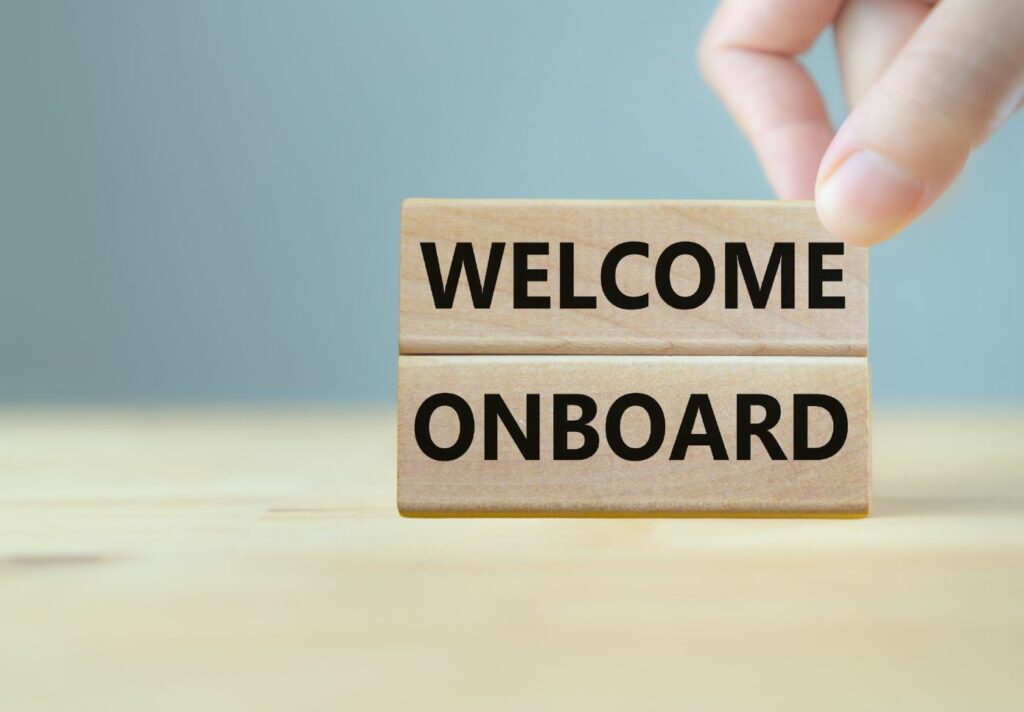
Just 26% of New Employees Impressed with Onboarding Experience: Survey
A new survey has revealed that only about 1 in 4 newly hired employees (26%) say that they felt informed, engaged, and confident during their onboarding experience.
What is Employee Onboarding?
Employee onboarding is the process of integrating a new employee into a company, covering everything from job training to immersing them in company culture. Unlike orientation, which is usually a one-time introduction to policies, onboarding is a comprehensive, often multi-week process that prepares new hires for success in their roles.
Survey Results: Current Onboarding Satisfaction
The survey, which was carried out by communication software company Enboarder, also found that remote new hires were the most likely to have a negative onboarding experience (42%), followed by hybrid workers (39%).
The survey found that of the employees who rated their onboarding experience as “terrible”:
- 33% regretted accepting the role
- 30 % had a negative outlook on the work environment
- 25% shared their negative experience with others
- 24% felt disengaged
Furthermore, a quarter of those who rated their onboarding experience as terrible ended up leaving their jobs.
“Leaving onboarding to chance is a huge risk considering the massive investment companies make when it comes to recruitment,” said Dan Finnigan, CEO at Enboarder. “This survey clearly shows the experiences we have when we start a new job have a huge impact on employer brand, employee experience, and performance. The fact is, most onboarding programs are falling short – and it’s negatively impacting the bottom line.”
The Importance of Structured Onboarding: Key Insights from Recent Surveys
Multiple other surveys have confirmed the benefit of a structured onboarding process:
- 88% of employees believe a strong onboarding process is crucial for job success
- 69% of employees are more likely to stay with a company for three years if they experienced great onboarding
- Organizations that invest in onboarding see a 54% increase in employee engagement
It is critical to realize that a structured onboarding process is not just about familiarizing a new employee with an organization’s standards, policies, mission, and values. It should also:
- Assist and foster the employee’s social and professional orientation into the workplace.
- Demonstrate to the new employee the organization’s desire to help in his or her acclimatization.
- Enable the employee to get answers to questions and access relevant information.
- Determine if the employee clearly understands their expectations and responsibilities.
Forbes recommends a series of onboarding best practices, such as:
- Preboard new hires to boost excitement and engagement, and send them the onboarding schedule ahead of time so that they know what to expect starting on day one.
- Get tax documents, direct deposit forms, and other paperwork done ASAP, so that new hires don’t spend most of their first day bogged down with administrative tasks. The first day should be interesting, fun, and exciting.
- Provide a welcome package that could include items like a mug or mouse pad the with the company logo. Send these out via mail/courier as soon as candidates accept their offers.
- Ensure that other employees, managers, supervisors and senior leaders understand the onboarding process and how they fit into it.
- Assign each new hire a “buddy” who will serve as a positive role model, and is excited to show them the ropes.
- Incorporate job shadowing. Exposing new employees to various departments better quips them to do their jobs, plus they get to meet new colleagues.
- Use the onboarding process as an opportunity to share the organization’s history, mission, and values.
- Introduce new work gradually, so that new hires are not overwhelmed or exhausted right away.
Organizations should also keep in mind that onboarding doesn’t end once new hires have filled out their paperwork, met some of their colleagues, and finished any required training. Advises Forbes contributor Anna Baluch: “[Onboarding is] an ongoing process that requires weekly, monthly or quarterly check-ins. These check-ins serve as an opportunity to sit down with them to ensure they’re comfortable and happy. Don’t forget to acknowledge any of their contributions and ask them if they need additional training or support. Regular check-ins can mean the difference between a long-term, productive employee and one who quits early on.”


 Our HR solutions experts can recommend the right mix of HR outsourced services to make your entry into Canada easier.
Our HR solutions experts can recommend the right mix of HR outsourced services to make your entry into Canada easier.  Pivotal Employment Management Services co-hires your workforce, simplifying entry of your business in Canada.
Pivotal Employment Management Services co-hires your workforce, simplifying entry of your business in Canada. 
















30secondHR: Should I reconsider terminating a pregnant employee?